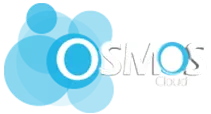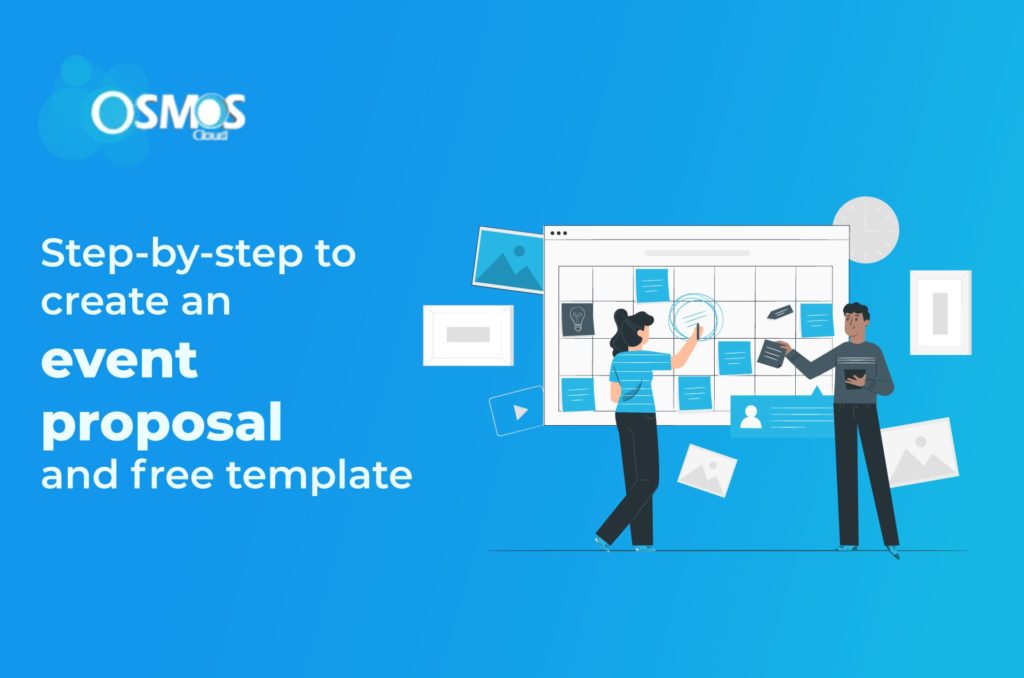Creating an event proposal template is one of the most exciting and time-consuming parts of the event management process. It can also be one of the most challenging. The key to a successful proposal is presentation, clarity, and concise communication. Instead of putting all your ideas down on paper at once and hoping that they make sense when you’ve finished, you need to follow a systematic process so that everything makes sense as you go.
This blog post will take you through a step-by-step process for creating a successful event proposal and give you some tips to boost your chances of getting it accepted. It will also provide you with a downloadable template to help keep things organized and help you avoid common pitfalls in your proposal documents.
Before You Start Writing: Proposal Outline and Content Checklist
Before you write a single word, you should have a clear understanding of your proposal’s audience. Each event proposal is a distinct undertaking that outlines the specifics of a certain event through a range of useful specifics and data. The following are some things to mention in an event proposal:
• Goal of the event: To help the reader navigate the rest of the proposal, you may start with a brief goal or vision statement. By include a section on the purpose, you may be able to show your potential customer that you are aware of their expectations for the event and have the skills necessary to fulfil those aims.
• Participants: If the event calls for vendors or other hired help, think about include a section listing the vendors and people you want to hire. The client can learn more about the caliber and costs of these extra providers from this area.
• Event schedule: The event timetable is yet another crucial component of any event proposal. To demonstrate to the prospective customer that you are a thorough and detail-oriented planner, think about adding a few particular specifics to your agenda.
• Distinctive elements of the event: To set your proposal apart from others, think about mentioning the distinctive features of the event. You may talk about include certain vendors, what venue will you be hosting your event at, proposed event format and content.
Once you know who you’re addressing your proposal to, you can better tailor your proposal to their needs and wants. This will increase your chances of success and make the writing process much easier.
Writing the Proposal Body
Now, it’s time to write the body of your proposal. This is where you will expand on the information you have already included in your outline. You need to make sure that you cover all of the important information. You also need to make sure that it is concise and easy to read. Remember that whoever is reading your proposal may be busy. They may not have a lot of time to read an essay. Use bullet points, short sentences, and plenty of white space to make your proposal easy to read. You can also make use of visuals to break up the text and make the information easier to digest. Graphics, graphs, and charts can be useful visual aids.

Begin with a narrative
Starting the proposal with a tale or a succinct account of the event is one option. You might discuss the objectives that will be achieved by the event, its scope, or its vision. Writing a tale helps demonstrate to a potential client that you have a complete knowledge of the event’s objectives, mission, and expected results.
Establish specific objectives
Setting specific targets and including a list of them in the proposal is a good next step. By outlining the event’s aims, you may demonstrate to the customer your commitment to assisting them in achieving those particular objectives. These can include the quantity of participants, staying within the allocated budget, raising a specific sum of money, and other objectives of this kind. It’s preferable to start with a few fundamental goals to show your familiarity with the event, but a client could wish to add more down the line.
Select a team
The area of the proposal where you name your team is another component. If you collaborate with a few other event planners, for instance, you may mention each individual and their duties. You may mention any helpers, interns, or colleagues who helped make the event successful. This might convince a potential customer that your team can carry out the event successfully.
Provided services
The scope of the services you are suggesting for this particular event should be clearly stated in your proposal. Include a description of the services, any necessary images, and other information to support your client’s request. You might also provide several bundles.
Present your qualifications and experience
It’s crucial to convey your subject matter knowledge in an event proposal template. You may do this by incorporating a number of significant facts, reminders, or concepts that show your familiarity with that specific event. You might also include pictures or details of earlier events you successfully organized. You can better demonstrate to the customer what you can do as an event planner by communicating your knowledge. By assigning a monetary value to your labor, it may also help people prepare for comprehending the cost of your services.
Indicate your cost
It’s crucial to include your fees for a particular service after describing the worth of your job. Depending on the client’s requirements or the size of the event, you could offer several packages. Regardless matter how much you charge, it’s best to let the client know up front so they are prepared. To help people better grasp your cost, you may strive to arouse excitement about your expertise and the worth of your service.
Don’t constantly seek to cut the price and compromise the quality of your event; it’s acceptable to request a reasonably high fee if you can demonstrate the worth of the event.
Call to action
The purpose of this part should be to solicit reader feedback; thus it should be brief. The proposal may be negotiated, rejected, or approved.
Give a clear call to action and a due date for responses (i.e. 60 days upon the submission of the proposal). By providing incentives like discounts, enhanced sponsorship benefits, exclusivity, and other advantages, you can entice the client to respond more quickly.
Make your design attractive.
Designing your proposal in a beautiful and attractive manner is crucial to communicate your professionalism. To make the proposal more engaging use images, distinctive typefaces, and your branding. Employing a design that appeals to clients might demonstrate your concern for presentation and look, which could improve your chances of landing the proposal.
Free event proposal template
One of the key factors in the client’s decision-making process is the proposal template and its design. The proposal will determine how the client views your services. You want the proposal design to look appealing, interesting, and professional when discussing event planning.
You can download and edit a free proposal template that we’ve made using PowerPoint. It’s classy and professional.
Free trial event proposal template automation apps
If you want to automate the laborious proposal creation process or if you need more flexibility when creating proposal templates, then this is your lucky day. We’ve compiled a short list of tools and apps that will enable you to achieve this automation.
This proposal software will save you time.
Interested in learning about proposal software and apps ?
For a comprehensive guide on creating a successful event proposal, we invite you to watch our informative video tutorial. This engaging video provides valuable insights, practical tips, and visual examples to assist you throughout the process.







